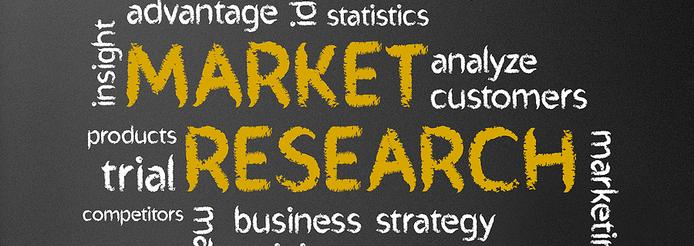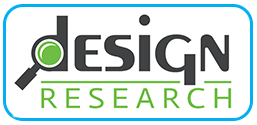"Thank you VERY much for pulling together the summary for my new Home Décor business. The information provided was very detailed and insightful. Your efforts on our behalf will certainly help us as we enter a new business category.”

How To Avoid Disappointing Research
Last week I was on a call with an ad agency we do a lot of research work with. We were talking about a new prospect of theirs that wants to do research but is leery of it because they had some bad experiences. I hate hearing that. We structure our work so that never happens.
Here’s what we do to avoid disappointing our clients and what you should always demand of your research partners.
We spend a lot of time on our proposals. We prepare jargon-free documents that are easy to understand. Every part of our proposal is meant to explain WHAT we propose to do, WHY we propose to do it and HOW our clients will fulfill their decision-making needs from it. Here are the key components:
BACKGROUND: A clear statement of the challenge the research is to address. Clients should read this to assess whether we understand the situation.
OBJECTIVES: A formalized statement of how the challenge will be turned into a researchable topic. This is the explanation of what the research is going to do. As the client/purchaser you need to ask yourself, is that what I need? Is this going to answer my questions? Is this going to give me the right information for decision-making? Note that the listed objectives are also the parameters of the study. This is what the study will deliver. If you have additional questions, this is the time to raise them, because if we haven’t covered each goal/issue/topic in the statement of objectives we don’t know about them or we don’t understand them. IMPORTANT NOTE: We look at our research proposal as the BEGINNING of our conversation, not the final end game. We are happy to revise and update our proposal to fully address EACH AND EVERY project need.
SCREENING: Survey quality is strongly related to the quality of the audience interviewed. Our surveys often include a long list of screening or qualifying questions because we want to get to the right consumer and to make sure that consumer is involved with the product category. Read this section carefully to understand who we are proposing to deliver as the audience for your survey. Beware of any research proposal that fails to fully provide detailed specifications on the consumers that will be included in the study.
SURVEY CONTENT: Here we give you a detailed and complete sense of the topics the survey will cover. Ask yourself, is this everything? Note that we may be asking more questions than you believe to be necessary. Ask us about that. We very likely are asking contextual questions to help to understand respondents’ thinking. Also understand that we have based the project cost on the survey content as we perceive it and have presented it here. We want you to see exactly what we plan on delivering for the stated price.
TIMING: Most of our projects take 3-4 weeks from the time the questionnaire is approved until delivery of the final report. We spell out the steps involved in every survey and we estimate how long each step will take.
SCOPE: We include a list of all of the steps and items the research will entail. This makes clear what is included and what we are providing versus what the client is providing. This is to make responsibilities for information clear and to explain what is being contributed by each party clear.
DELIVERABLES: This is a list of what we plan to deliver to the client. In addition to a report, this may include raw data files, a presentation in person or on a Zoom call, etc.
COST: We document the project cost and the assumptions that go into that cost (i.e. length of survey, incidence of finding respondents, # of interviews, etc.). This makes clear what we are including and paying for versus what the client might pay for (such as respondent incentives).
We feel strongly that we owe our clients (and ourselves) clear and forthright proposals that clearly explain what we are going to do, how it is going to address their challenges and what it is going to cost. If we do this, there should never be disappointment with the research. It is possible that clients might not like the results. Consumers don’t always like what clients have come up with. But that’s a different situation. Research is a powerful tool and it should be used with openness and clarity. If it is, clients won’t be disappointed – but will be delighted and will understand the value in gaining critical market insights needed to make tactical and strategic decisions WITH CONFIDENCE.



